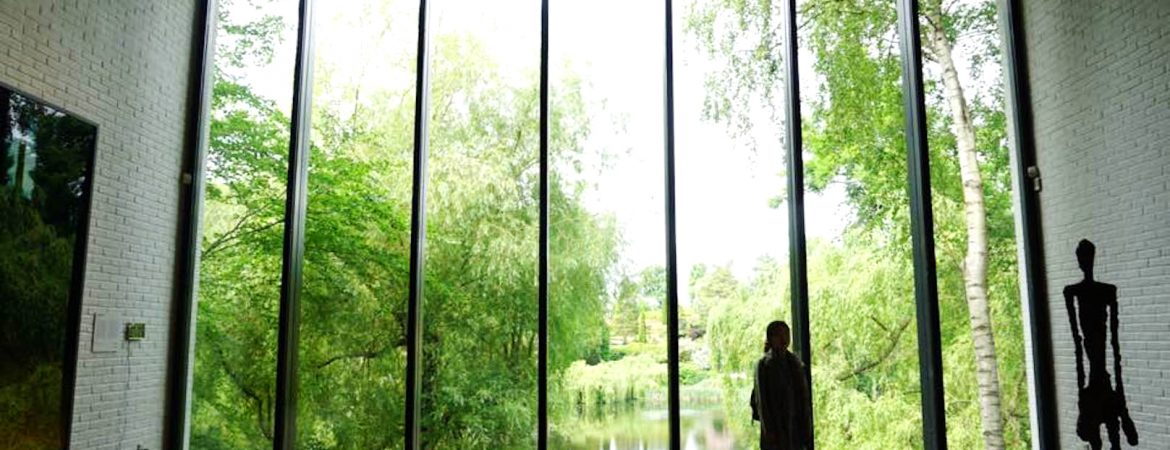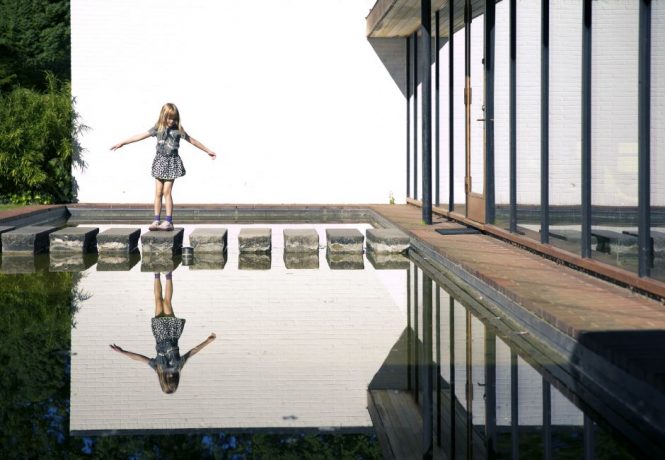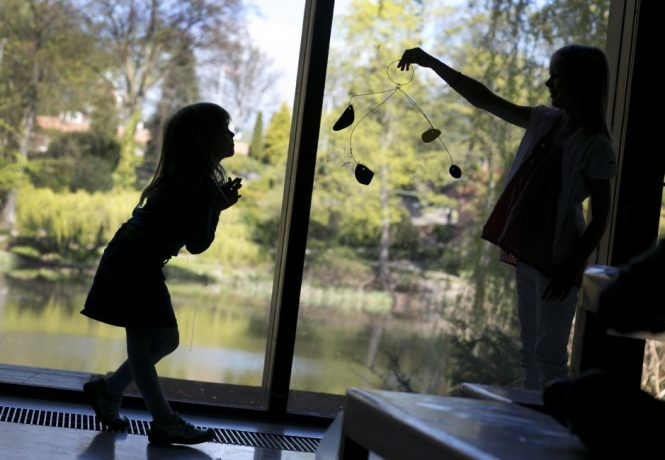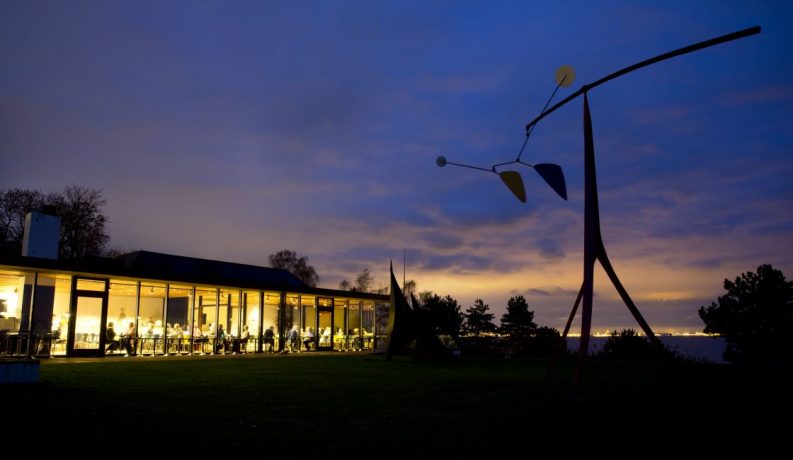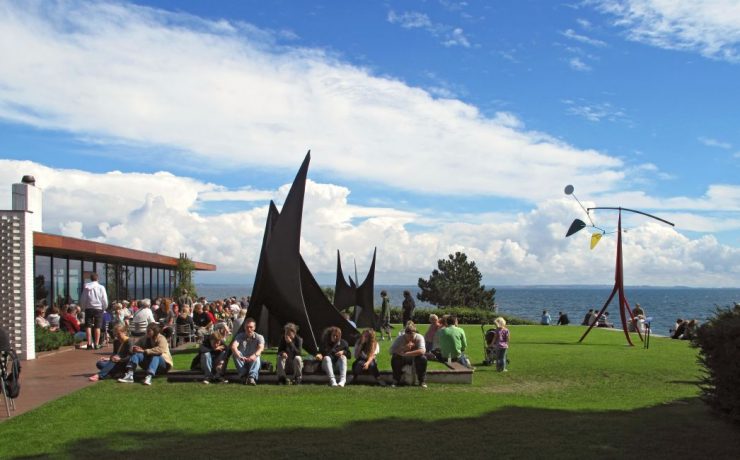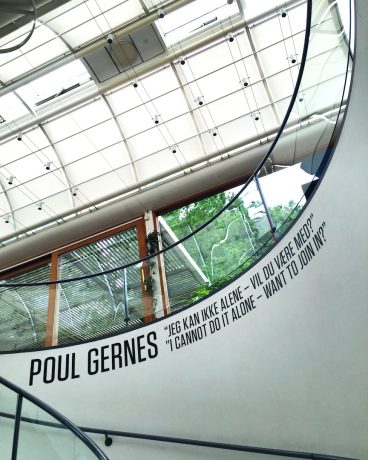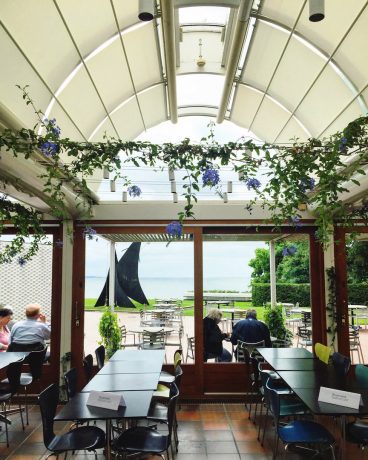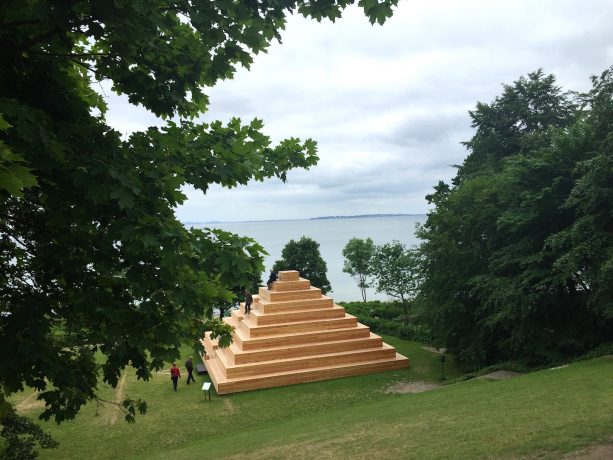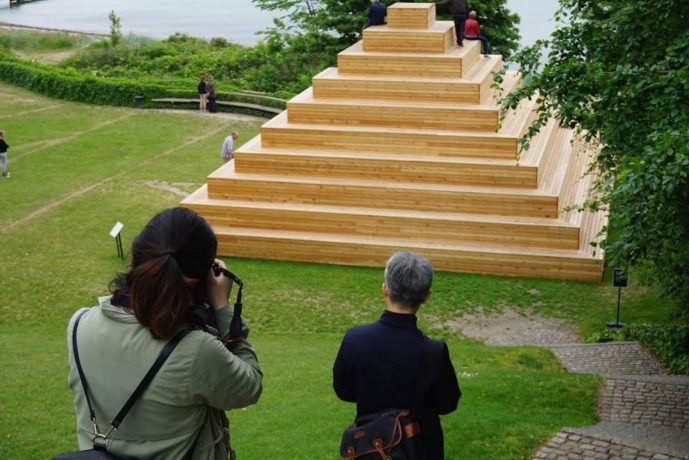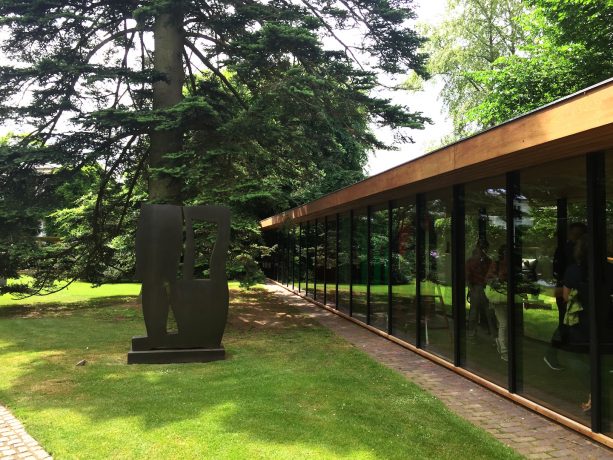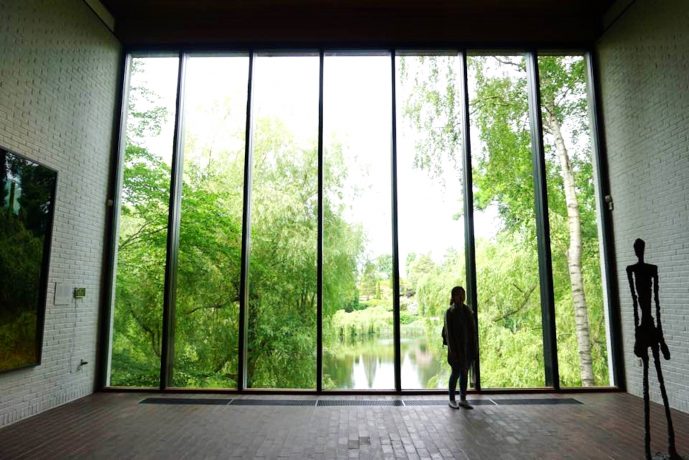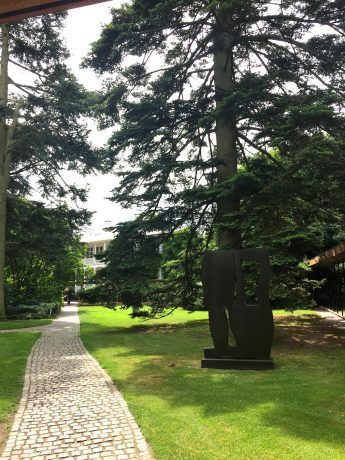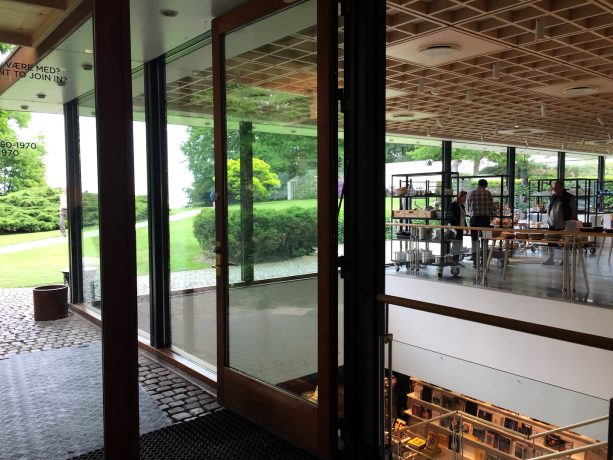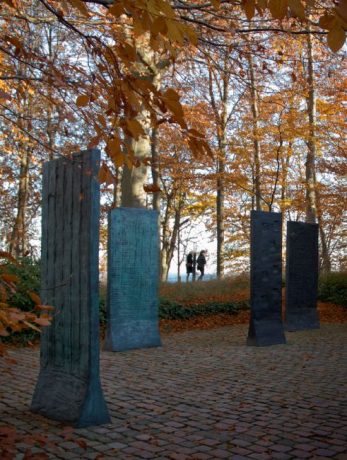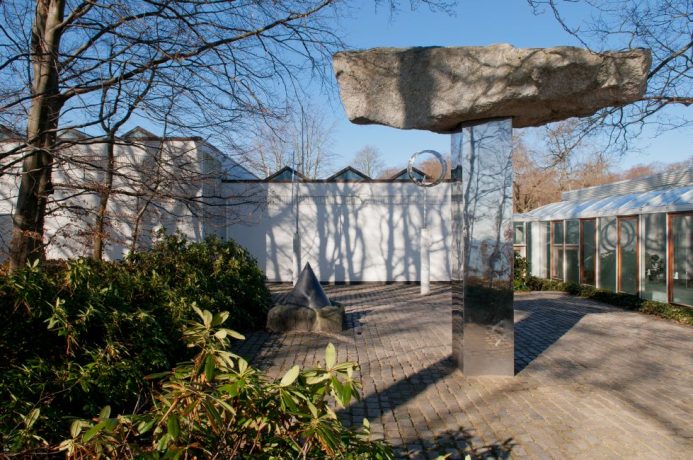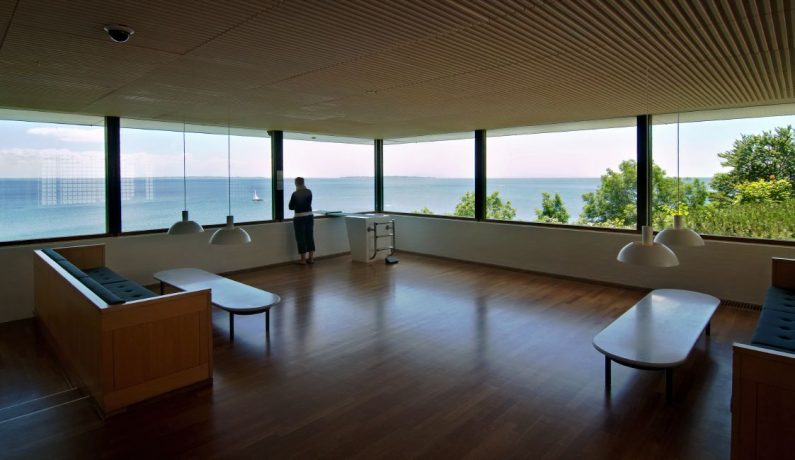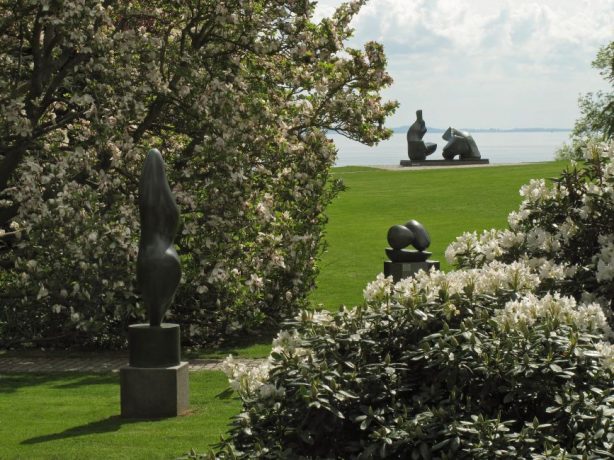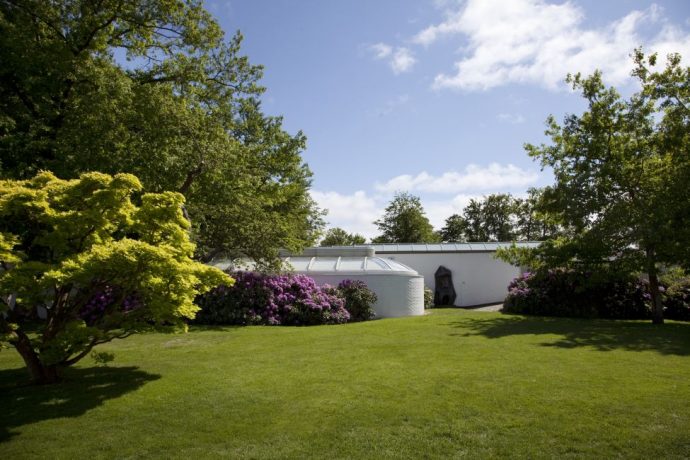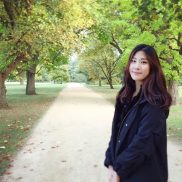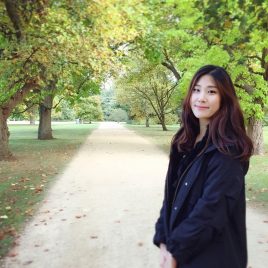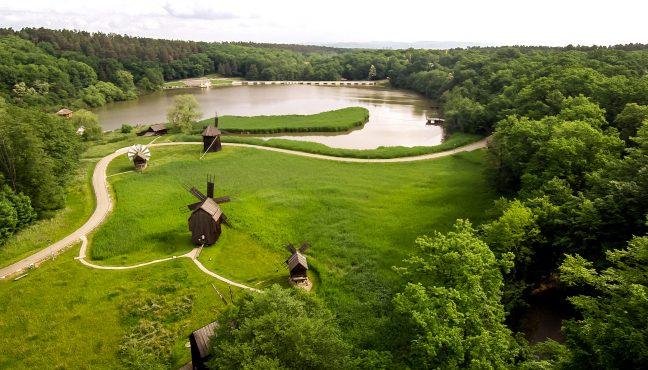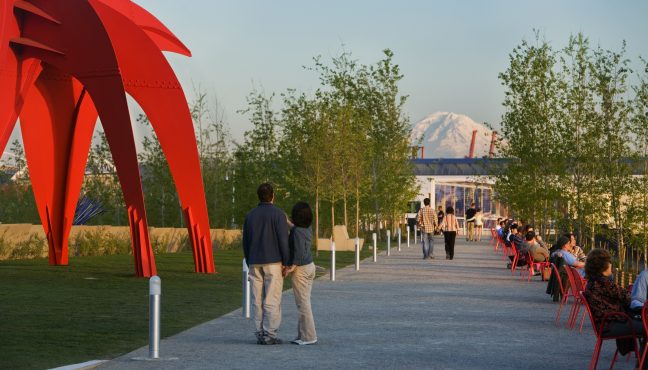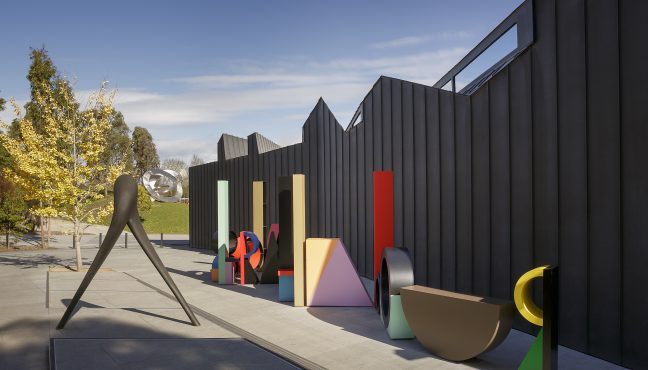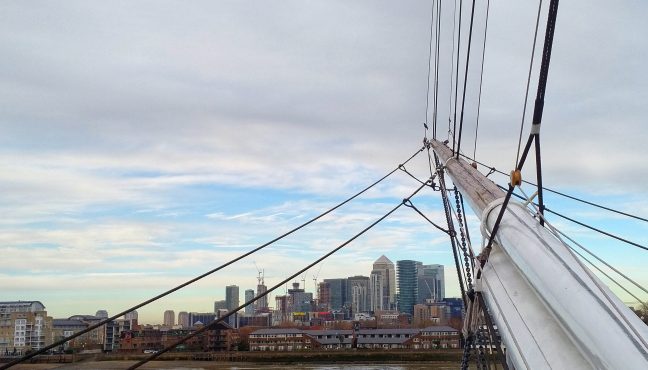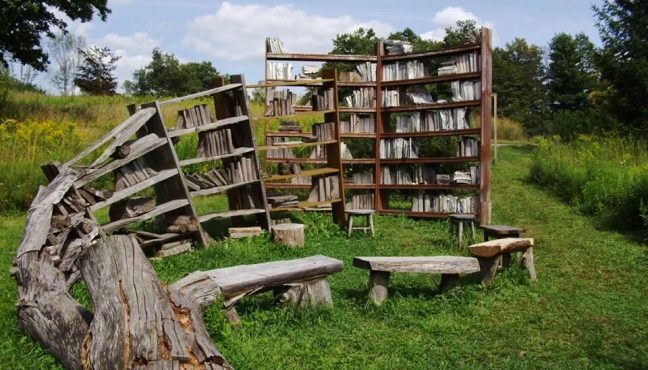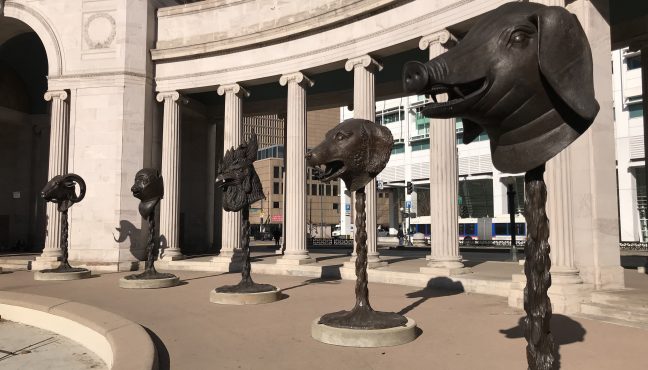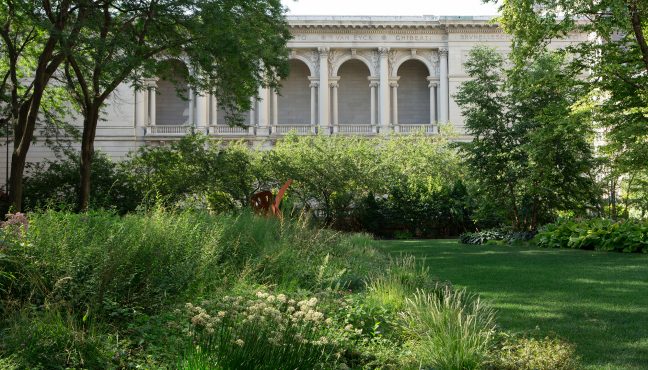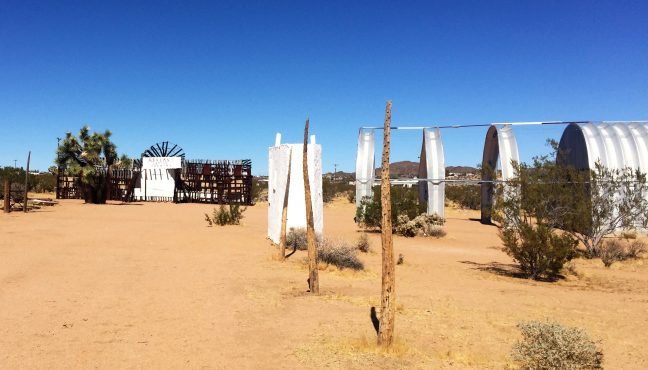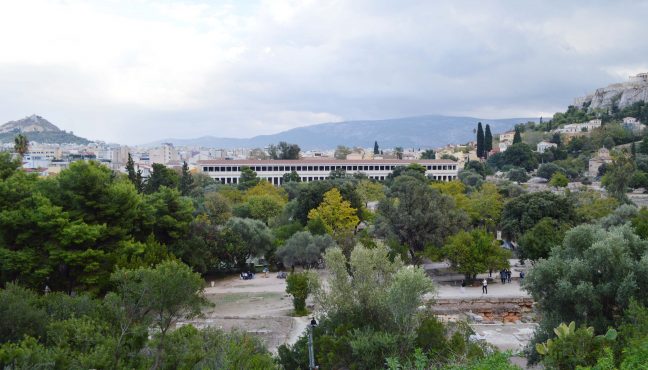MuSEEum team recently went to Copenhagen and loved it. Our contributor Grace Jeon shares her impressions of one of the most popular museums in the country and in Europe, Louisiana Museum of Modern Art.
Being my first visit to Copenhagen, I wasn’t quite sure what to expect. The home of Hans Christian Anderson and his ‘Little Mermaid’ statue, cutting edge design, and good food were some initial components that came to mind. Thoughts of food lead my attention, of course, to Noma which is maybe more widely known as one of ‘the best restaurants in the world’. In a 2015 interview of Noma’s head chef Rene Redzepi, a Copenhagen local himself, he gave a very fair image of Copenhagen in his own words.
“What Copenhagen does have is big, wide roads, a gentle skyline not broken by cement skyscrapers, and it has proximity to water – you're never more than 10 minutes away from the gentle splash of water against the quay. It's the sum of small things that makes Copenhagen special.”*
We were blessed with excellent weather and were all soon charmed by the easy and slow pace of the city. There are many cyclists in Copenhagen and, what a pleasant surprise, no one seemed to feel they needed to lock up their bicycles, suggesting how safe this place was in general. Having been advised by many that the Louisiana Museum of Modern Art was a must to visit, we decided with anticipation to check it out on our second day there. Half an hour away by train from the centre of Copenhagen, Louisiana Museum of Modern Art is tucked away in the peaceful old fishing village of Humlebæk. On arrival we found how quiet this country village was. A very residential area, it seemed the majority of people on the train were also heading to visit Louisiana, all of us following the arrows on the streets pointing the way there. It felt almost like a school trip.
Louisiana is surrounded by a beautiful landscape; it sits on the luscious green grass facing the shore of Øresund. Surrounded by patches of trees and the water from the strait, making nature understandably the prominent focus of the place. We decided to first take a walk outside in the sculpture garden before we went inside the museum building. The Museum’s impressive collection of around sixty sculptures, by artists such as Henry Moore, Alexander Calder and Max Ernst amongst others, are delicately placed to mingle into the landscape and museum building. Instead of distracting our attention away from the grounds, I felt the sculptures were reflective to the planes that they were surrounded by. A lot of them seem hidden; since the landscape is not flat it was very exciting to explore and bump into sculptures as we went along. Richard Serra’s The Gate was one of these; camouflaged in the red brown soil of the ground, the metal sheets forming the gate to a series of steps leading to the building. Poul Gernes’ six metre-high wooden sculpture and installation invited guests to climb onto it, and we felt like children again as we fumbled our way up as high as we dared, in order to get a better view of the area as a whole.
When the architects Jørgen Bo and Wilhlem Wohlert were commissioned in the mid 50’s with the building for the museum, they were asked distinctly to link the building with the landscape around it. From my experience there I could see how successful they were in achieving this. The Museum was opened in 1958 and has since been through seven extensions. The warm wooden colour of the building together with the large glass windows and doors helps to maintain a smooth transition from the outside of the building in, and vice versa. The amount of natural light that can get into the building as well as the landscape which you can see through the glass, makes it easy to feel like you are still outside walking in the gardens; I remember a corridor with both sides of the walls made of glass panels which had this exact effect.
The Museum space is spread out horizontally and you will at some point find yourself at the iconic Giacometti room, which made me momentarily lose my breath. The stillness and the magic behind this room, holding these magnificent life-size sculptures by Giacometti, was made by the outside view of the modest pond and weeping willows through the window of one side, which made up the whole wall space. We stopped by for a coffee and delicious Danish pastry at the Museum café; from where the seating was we could see Calder’s sculptures together with the backdrop of the sea, making a stunning view. They had also decorated the inside pillars with lilac flowers which again brought the outside back indoors.
Just down the road and very near from other houses, Louisiana feels almost like another home. In similarity to how we would describe Copenhagen as a whole, there is no one word that we can use to describe, no one thing pin down singularly to represent the museum. This place is a jewel, and the charm we feel again comes from a compilation of small components; of the tall trees, the fresh sea air, the sleek architecture, and of course the contents of the museum collection which is no doubt world class.
* http://www.telegraph.co.uk/travel/destinations/europe/denmark/copenhagen/articles/Copenhagen-by-the-owner-of-Noma-the-worlds-best-restaurant/
